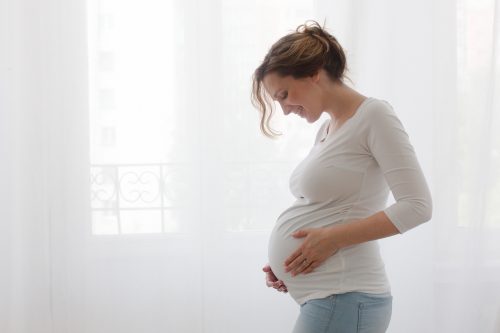
Pregnant patients with chronic myeloid leukemia (CML) should be treated according to major molecular response (MMR) and complete molecular response (CMR) to treatment, according to a study published in in the SOHO 2019 Meeting Proceedings Supplement in Clinical Lymphoma, Myeloma and Leukemia.
In patients with CML, the use of molecular-targeted therapy with tyrosine kinase inhibitors (TKIs), have prolonged life expectancy and enhanced quality of life. However, animal-model studies have shown that TKI exposure can have an adverse developmental effect on organs and fetuses. As such, the researchers of this study sought to discern the optimal TKI treatment protocol for the mother and her fetus.
This retrospective cohort study was comprised of 15 women with 29 pregnancies and four male patients, all between the ages of 17 and 50 years of age, and who were held in outpatient and inpatient departments from 2017 to 2019. During pregnancy, researchers took several recordings while assessing the fetal condition and clinical condition of the participants.
According to the results, six women discovered congenital anomalies during pregnancy or with no treatment, five patients were on the TKI Imatinib and in CCyR, but pregnancy wasn’t planned for, four patients were on imatinib with MMR and they were planning and stopped time-targeted therapy (ttt) before pregnancy, and 60% of the patients who were with TLC more than 200 cmm/l started hydrea and imatinib after the first trimester and continued to uneventful pregnancy. Moreover, the study observed one miscarriage associated with renal failure in a patient who underwent hemodialysis, three recorded malformation with congenital hearing and facial defects in those who continued with imatinib in the organogenesis time.
“The best practice in the treatment of CML in case of pregnancy is according to the MMR or CMR and planned pregnancy,” the researchers wrote. “Treatment options will include interferon and/or leukapheresis. Patients can have normal pregnancies with imatinib, but there might be risk of congenital anomalies especially in the first trimester.”







 © 2025 Mashup Media, LLC, a Formedics Property. All Rights Reserved.
© 2025 Mashup Media, LLC, a Formedics Property. All Rights Reserved.